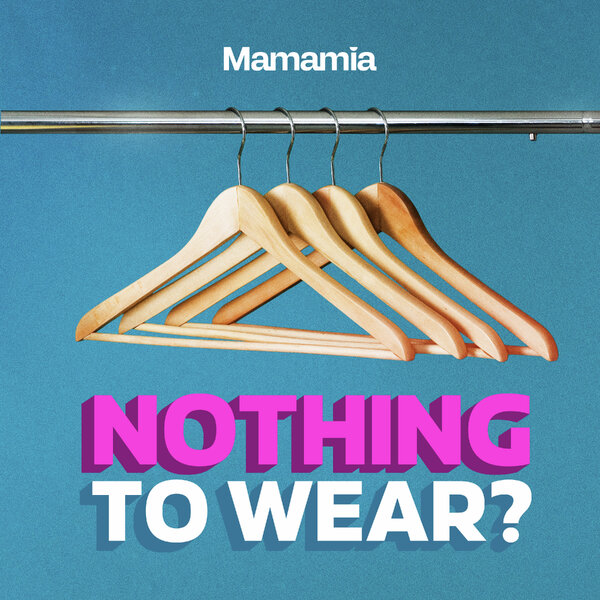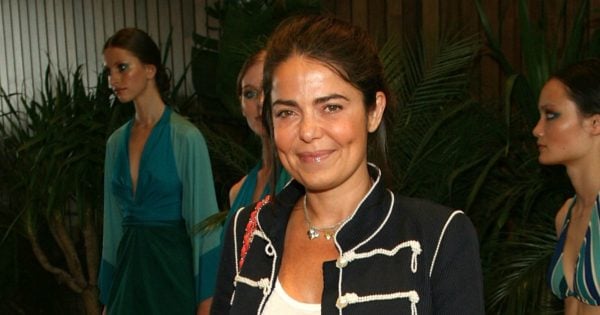With the announcement that Prince William and heir to the British throne was engaged came two reactions. The first was a natural and overwhelming joy for a couple that could be the best thing to happen to the British monarchy’s PR campaign in recent years.
And the second? Where, oh where, did the future Queen of England get that dress?
I’d be confident enough to assert that in recalling Kate and Wills’ engagement announcement, most could conjure an image of the exact dress Middleton wore that day. A royal-blue, long-sleeved wrap dress that had an air of modesty but sophistication about it.
At the time of the announcement, so many women watched on and pictured themselves covered in the same style, same material and some colour. This was a dress for the masses.
Within five minutes of the dress being broadcast around the world, it had sold out, and so the “Kate effect” was born. Bluntly, from that moment on, anything the Duchess of Cambridge wore was now likely to become a worldwide best seller within minutes, catapulting the most niche brands to global icons.
So what happened to the designer of Issa, maker of that very first iconic Kate dress?
As it turns out, the “Kate effect” wasn’t so helpful to her after all, and that as soon as Middleton wore that dress, “everything changed”.
In an interview with the Daily Mail, Daniella Helayel says demand for her clothes was so high post royal engagement, she couldn’t possibly keep up.






























































































